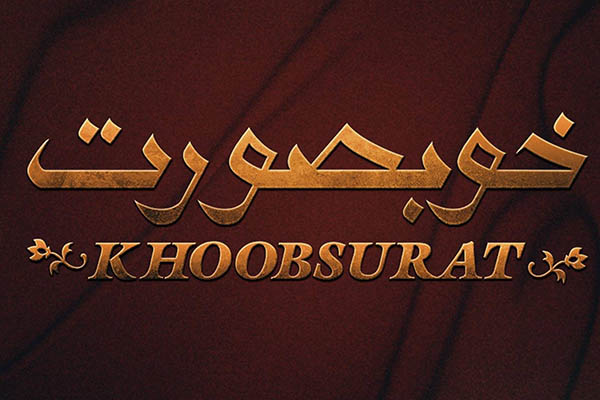
The etymology of most words—in various languages—that are now used to denote ‘beauty’ hold their roots in ‘blessed.’ This is most clear in the Greek ‘kalos,’ which was originally used to denote beauty through purity, before eventually becoming shorthand for all forms of beautiful.
The ancient Greek words for ‘beauty’ and ‘buttocks’ were combined to form callipygian—meaning “beautiful behind”—most famously used to name a statue of Aphrodite, who raises her robe to reveal her backside.
Closer to home, in Sanskrit, the word for beauty is ‘kalyan,’ originally defined as ‘healthy.’ A famous usage of this is the name of Indian musician Kalyanji Virji Shah, whose name literally translates to ‘beautiful.’ Over the years, ‘kalyan’ has devolved into ‘kalu,’ or ‘black’ in Urdu, which was its meaning for Kalu, the father of Guru Nanak. But Kalia of Khanani and Kali International refers to the ancient usage, meaning ‘beautiful.’
For most of human history, beauty has been intrinsically linked with cleanliness, a throwback to the days before running water made bathing a regular occurrence. In Welsh, ‘glan’ is beautiful, but originally meant clean. This is obviously very close to the English ‘clean.’ Germans originally had the same sense of the word, but eventually it came to mean ‘small,’ probably due to the view of women being ‘beautiful’ but also ‘small.’
An English takeaway from the German word ‘schon,’ meaning beautiful, was ‘shine,’ perhaps harking back to how people who rarely scrubbed emerged ‘sparkling’ after a bath. In Russian, this played out as krasiva (beautiful), derived from krasna (red), as many residents would had a reddish tint to their faces after some scrubbing. In Czech, krasna means beautiful.
The Dutch mooi is very straightforward, meaning beautiful today but originally used to denote ‘washed.’ This is also seen in the Russian muit (to wash), which appears to have a connection with the English ‘moist.’
The Hindi sundar (beautiful) derives from su- (good) and aner (man) in the human sense. Nara, as in narayan (first man), is the same as Persian nar (man) and Greek aner (man), which is found in andros. As already seen, goodness has often been linked to beauty, suggesting sundar also means “good man.”
In Plato’s Symposium, Socrates sought a definition of beauty and came up with something having proportion. This is visible in the Arabic root ‘hsn.’ The Quran, meanwhile, tells us that proportion is the soul of justice (adl). We must do ehsan (a version of ‘hsn’) when we balance good with bad.
From the idea of proportion, we get the Urdu word for beauty (husn), with beautiful translated to haseen. The other word, jameel (beautiful), often used in Urdu, is a product of pure Arab sociology. Jameel is derived from jamal (camel), as Arabs believed the camel to be the most beautiful creature on earth!
In English, the word handsome came into currency for ‘beautiful’ because of the ease with which something could be handled.
As beauty is often derived from the face, the Urdu khoobsoorat is mixture of Persian (khub) and Arabic. The Persian khub, as narrated by Maulvi Muhammad Husain Azad, is the same as the Sanskrit shubh, with shobha meaning beauty in Hindi.
